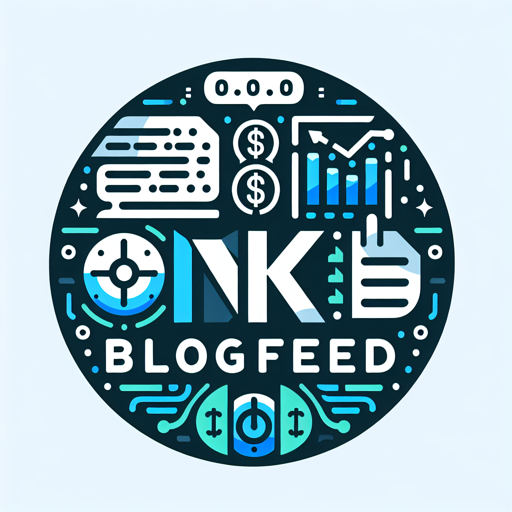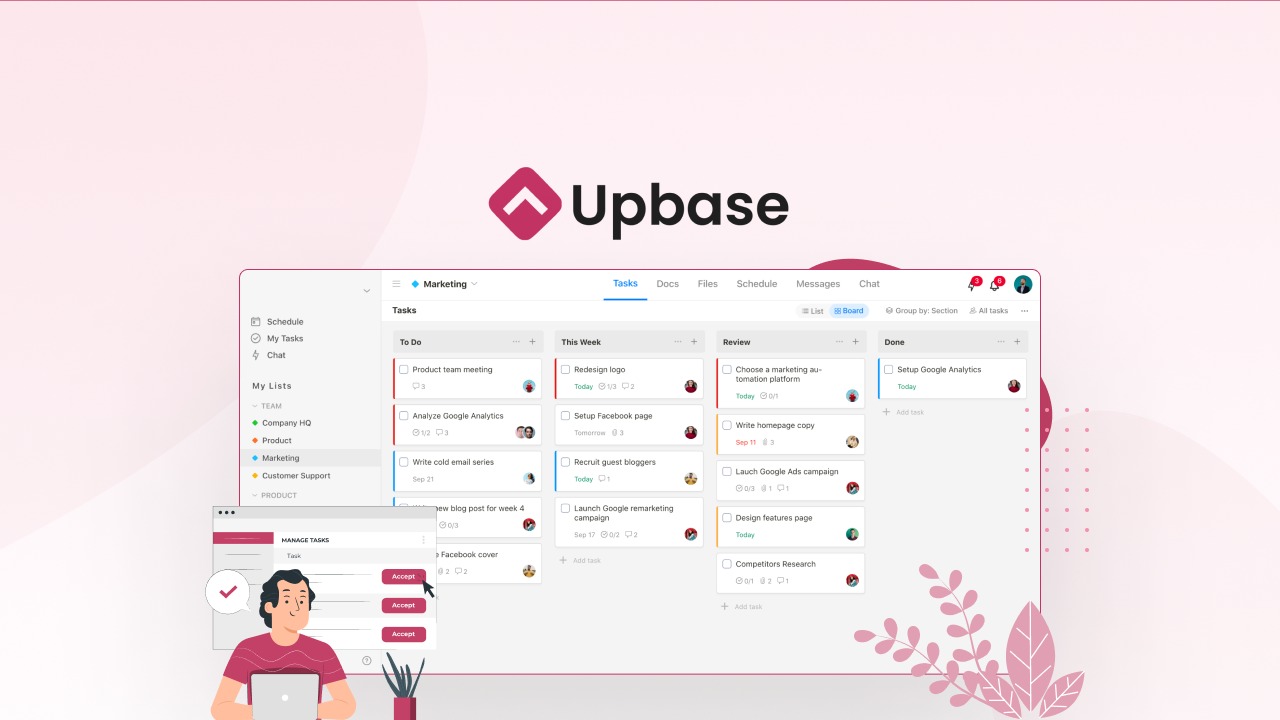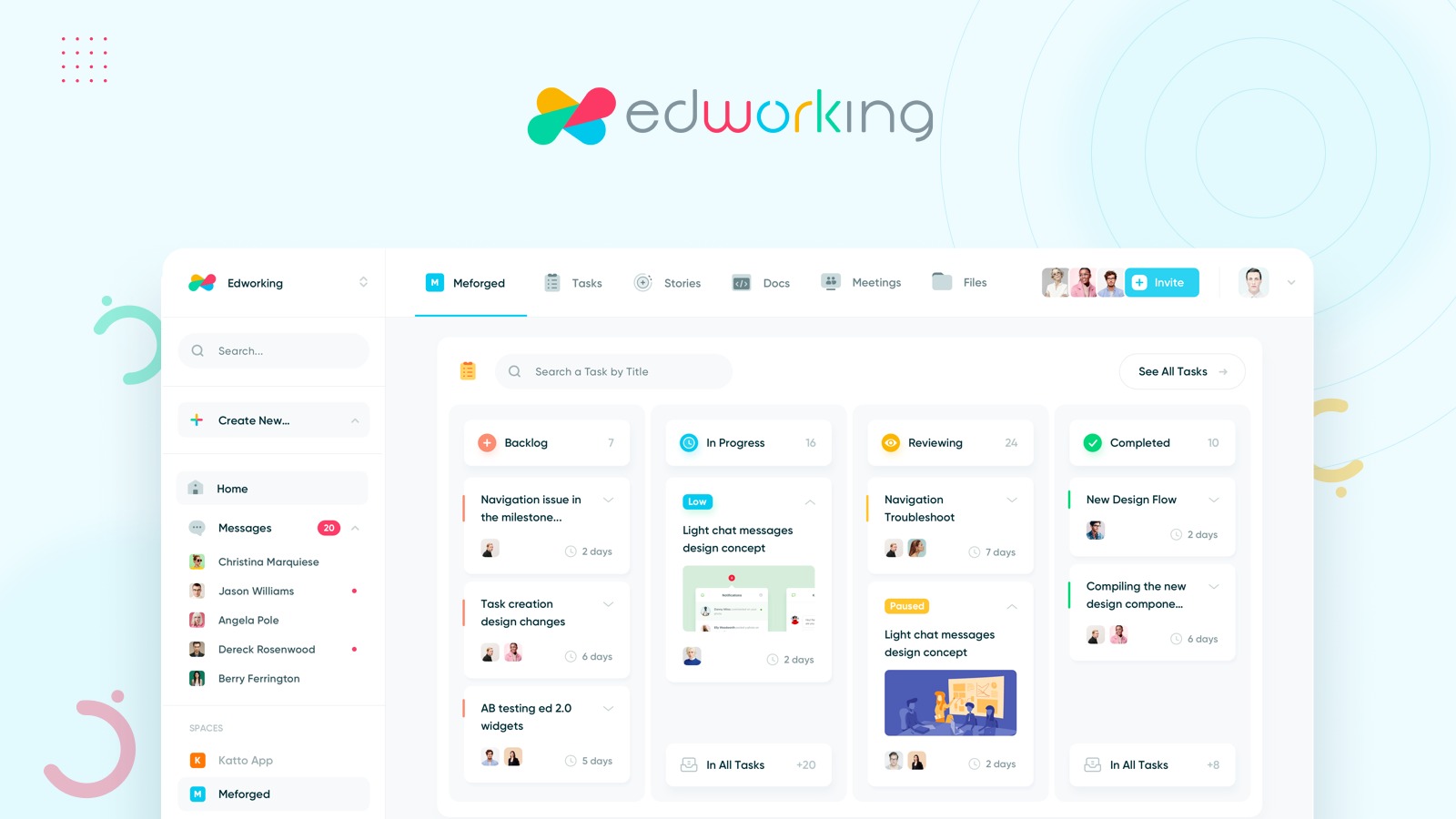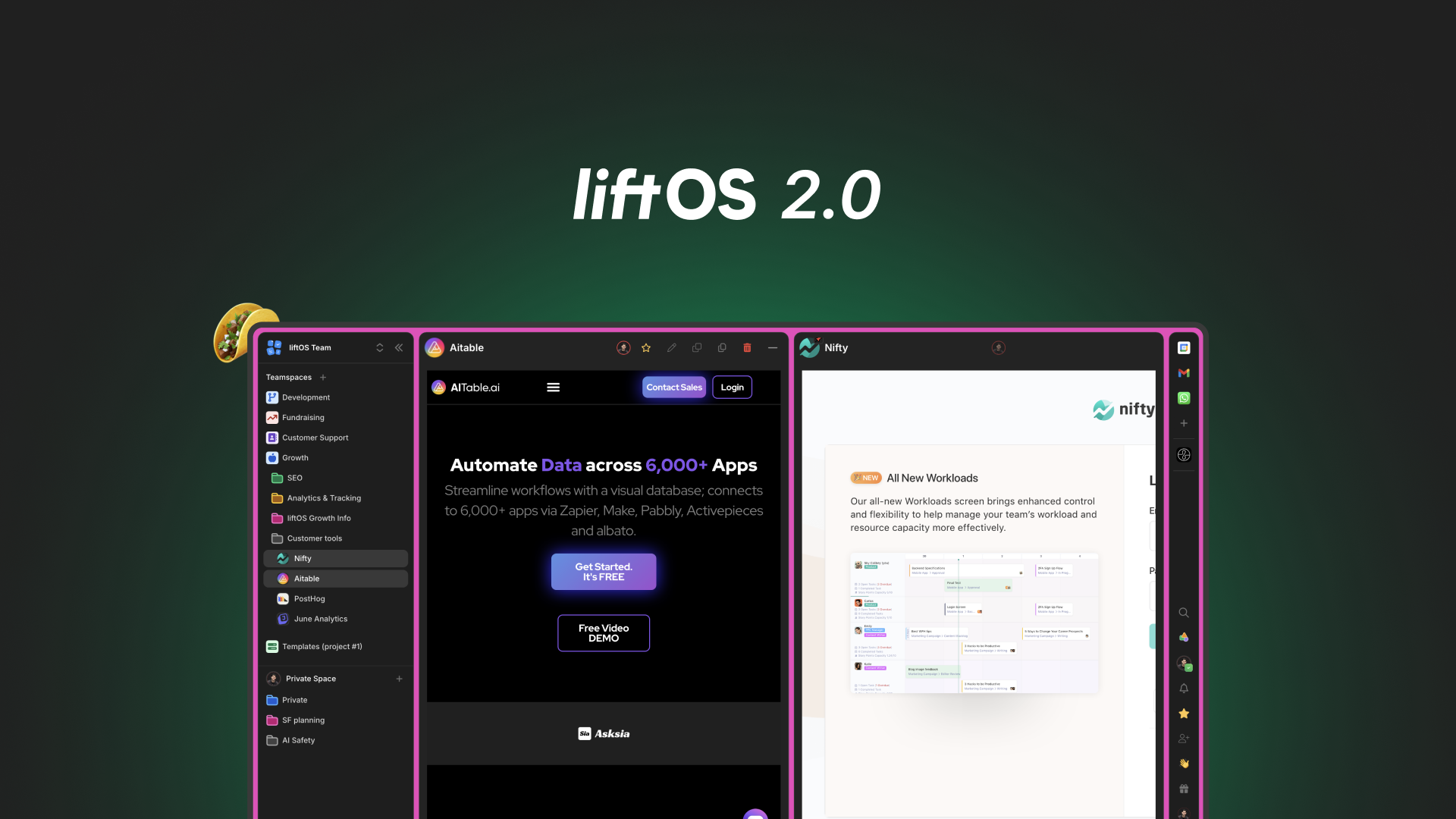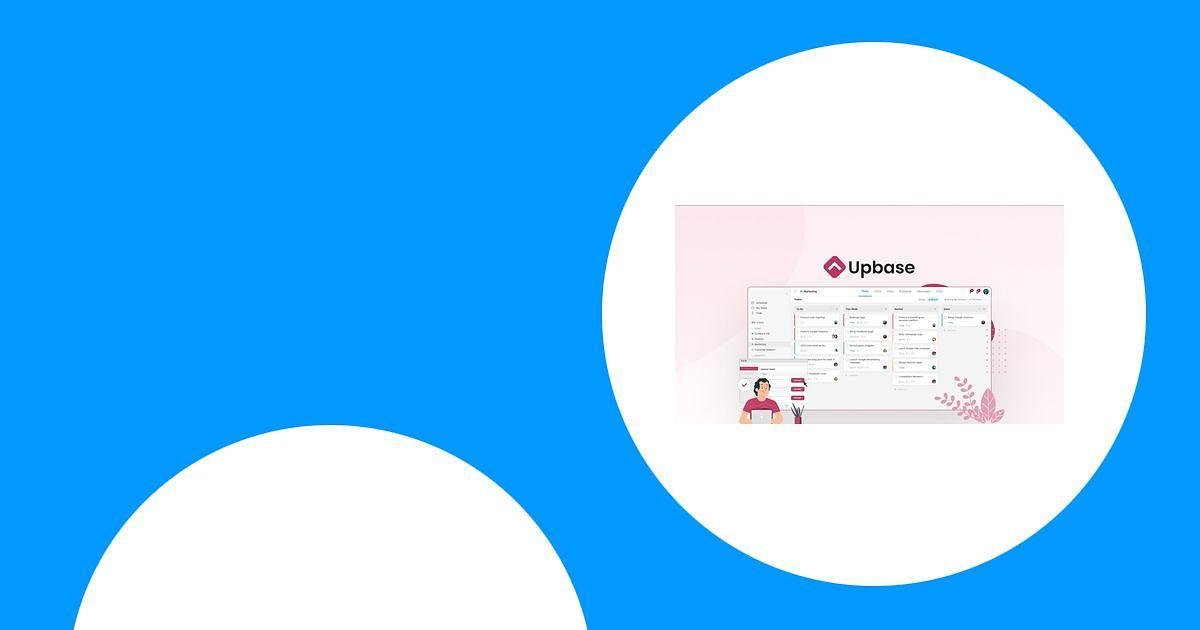In the fast-paced environment of today’s workplace, motivation can sometimes wane, leaving employees feeling uninspired and disconnected from their tasks. This is where the power of inspirational quotes comes into play. These succinct phrases, often packed with wisdom and insight, can serve as a beacon of hope and encouragement.
When you encounter a quote that resonates with you, it can ignite a spark of enthusiasm, reminding you of your purpose and potential. Whether it’s a simple phrase about perseverance or a profound statement about teamwork, these quotes can shift your mindset and elevate your spirits. Moreover, inspirational quotes have the unique ability to foster a sense of community within the workplace.
When you share a quote that inspires you, it can create a ripple effect, encouraging your colleagues to reflect on their own motivations and aspirations. This shared experience can strengthen bonds among team members, promoting a culture of support and positivity. In essence, these quotes are not just words; they are tools that can transform the atmosphere of your workplace, making it more vibrant and engaging.
Key Takeaways
- Inspirational quotes can have a powerful impact on workplace motivation and morale.
- Inspirational quotes can boost productivity by providing a positive and uplifting mindset for employees.
- Finding the right inspirational quote for your work environment involves understanding the values and goals of your team.
- Inspirational quotes can be used to overcome challenges at work by providing a source of encouragement and motivation.
- Sharing inspirational quotes with colleagues and team members can create a sense of unity and motivation within the workplace.
- Incorporating inspirational quotes into workplace culture can help create a positive and uplifting environment for employees.
How Inspirational Quotes Can Boost Productivity
You may not realize it, but the right words at the right time can significantly enhance your productivity levels. Inspirational quotes can serve as powerful reminders of your goals and aspirations, helping you to refocus when distractions arise. When you take a moment to read or reflect on a quote that resonates with you, it can provide a mental reset, allowing you to approach your tasks with renewed vigor.
This brief pause can be just what you need to regain your momentum and tackle your responsibilities with fresh energy. Additionally, incorporating inspirational quotes into your daily routine can create a positive feedback loop that reinforces productivity. For instance, starting your day by reading an uplifting quote can set a constructive tone for the hours ahead.
You might find that this practice not only boosts your mood but also enhances your ability to concentrate and complete tasks efficiently. By surrounding yourself with motivational words, you create an environment that encourages hard work and determination, ultimately leading to greater achievements.
Finding the Right Inspirational Quote for Your Work Environment
Finding the perfect inspirational quote for your work environment is akin to discovering a hidden gem that speaks directly to your experiences and aspirations. It’s essential to consider the values and culture of your workplace when selecting a quote. For instance, if your team thrives on collaboration and teamwork, you might gravitate toward quotes that emphasize unity and collective effort.
On the other hand, if individual achievement is celebrated, you may prefer quotes that highlight personal growth and resilience. To discover quotes that resonate with you and your colleagues, consider exploring various sources such as books, speeches, or even social media platforms dedicated to motivation. You might also want to reflect on the challenges and triumphs your team has faced; this introspection can guide you toward quotes that encapsulate your shared journey.
Ultimately, the right quote will not only inspire you but also foster a sense of belonging and purpose within your work environment.
Using Inspirational Quotes to Overcome Challenges at Work
Challenges are an inevitable part of any job, but how you respond to them can make all the difference in your professional journey. Inspirational quotes can serve as powerful tools for overcoming obstacles by providing perspective and encouragement during tough times. When faced with a daunting project or a difficult colleague, turning to a quote that speaks to resilience or determination can help you regain your focus and motivation.
These words can remind you that challenges are often opportunities for growth and learning. Moreover, sharing inspirational quotes during team meetings or brainstorming sessions can create an atmosphere of support and camaraderie. When everyone is encouraged to contribute their favorite quotes, it fosters open communication and collaboration.
This collective sharing not only helps individuals feel less isolated in their struggles but also reinforces the idea that challenges are best faced together. By embracing the wisdom found in these quotes, you and your colleagues can cultivate a mindset that views obstacles as stepping stones rather than roadblocks.
Sharing Inspirational Quotes with Colleagues and Team Members
The act of sharing inspirational quotes with colleagues can be a simple yet impactful way to uplift spirits and foster a positive work environment. When you take the time to share a quote that has inspired you, it opens the door for meaningful conversations about motivation and personal growth. You might find that your colleagues have their own favorite quotes to share in return, creating an enriching exchange of ideas and perspectives.
This practice not only strengthens relationships but also cultivates a culture of encouragement within your team. Consider incorporating this sharing into regular team meetings or informal gatherings. You could start each meeting with an inspirational quote or create a dedicated space in the office where team members can post their favorite quotes for others to see.
This small gesture can have a profound impact on morale, reminding everyone that they are part of a supportive community that values motivation and positivity. By actively engaging in this practice, you contribute to an environment where inspiration flows freely, enhancing both individual and collective performance.
Incorporating Inspirational Quotes into Workplace Culture
Encouraging Participation and Unique Perspectives
One effective way to do this is by creating a “Quote of the Week” initiative, where a different team member selects an inspiring quote each week to share with the entire organization. This not only encourages participation but also allows everyone to contribute their unique perspectives.
Visual Reminders and Digital Platforms
Another effective way to incorporate quotes into workplace culture is through visual reminders. Displaying framed quotes in common areas such as break rooms or meeting spaces serves as a constant reminder of the values and aspirations shared by your team. Additionally, digital platforms such as company intranets or social media groups can be utilized to share quotes regularly, ensuring that inspiration is just a click away for everyone in the organization.
Cultivating a Motivational Environment
By embracing these words of wisdom, you can cultivate an environment filled with motivation, support, and resilience. Whether you’re seeking personal inspiration or looking to uplift your colleagues, the right quote has the potential to make a lasting impact on both individual performance and team cohesion. As you navigate the challenges of your professional journey, remember that these simple yet profound phrases can guide you toward success and fulfilment in your work life.
20 Examples of Inspirational Quotes
- “The only way to do great work is to love what you do.” — Steve Jobs, Co-founder of Apple
- “Your work is going to fill a large part of your life, and the only way to be truly satisfied is to do what you believe is great work.” — Steve Jobs, Co-founder of Apple
- “Don’t watch the clock; do what it does. Keep going.” — Sam Levenson, Author and Humorist
- “The secret of getting ahead is getting started.” — Mark Twain, Author
- “Opportunity is missed by most people because it is dressed in overalls and looks like work.” — Thomas Edison, Inventor
- “Success is not the key to happiness. Happiness is the key to success. If you love what you are doing, you will be successful.” — Albert Schweitzer, Theologian and Humanitarian
- “The future depends on what you do today.” — Mahatma Gandhi, Leader of Indian Independence Movement
- “Talent wins games, but teamwork and intelligence win championships.” — Michael Jordan, Basketball Legend
- “The difference between ordinary and extraordinary is that little extra.” — Jimmy Johnson, Football Coach
- “The best way to predict the future is to create it.” — Peter Drucker, Management Consultant
- “Alone we can do so little; together we can do so much.” — Helen Keller, Author and Activist
- “It’s not about having the right opportunities. It’s about handling the opportunities right.” — Jack Ma, Founder of Alibaba
- “The only place where success comes before work is in the dictionary.” — Vidal Sassoon, Entrepreneur
- “If you’re offered a seat on a rocket ship, don’t ask what seat! Just get on.” — Sheryl Sandberg, COO of Facebook
- “Leadership is the art of getting someone else to do something you want done because he wants to do it.” — Dwight D. Eisenhower, 34th U.S. President
- “If you want to achieve greatness, stop asking for permission.” — Anonymous
- “The only limit to our realization of tomorrow will be our doubts of today.” — Franklin D. Roosevelt, 32nd U.S. President
- “Success is walking from failure to failure with no loss of enthusiasm.” — Winston Churchill, Former British Prime Minister
- “You don’t have to be great to start, but you have to start to be great.” — Zig Ziglar, Author and Motivational Speaker
- “Your attitude, not your aptitude, will determine your altitude.” — Zig Ziglar, Author and Motivational Speaker
